There are raceboards in the market that trigger a special “I want to have this thing” feeling.
However, if this feeling is faced with a lot of uncertainties, the risks and opportunities must be weighed up.
Legend of OX, the Mantra, Freeracer and the Signature 2.0
At the Legend of OX 2020 I had the opportunity to do some short testrides with the LightCorp Mantra 23.2, the brand new Freeracer in 14×26 and of course the Signature 2.0 in 14×24,75. The Freeracer has a really nice shape and its surprisingly fast while being agile, with the Mantra I had high hopes this thing could be a lightweight version of the easy to paddle Starboard Sprint 2021. Although being equally as wide and sharing some design similarities (supposedly), these boards do feel totally different. I didn’t feel comfortable right away and while first stability was quite okay, I did struggle without having secondary stabilty I was used to.
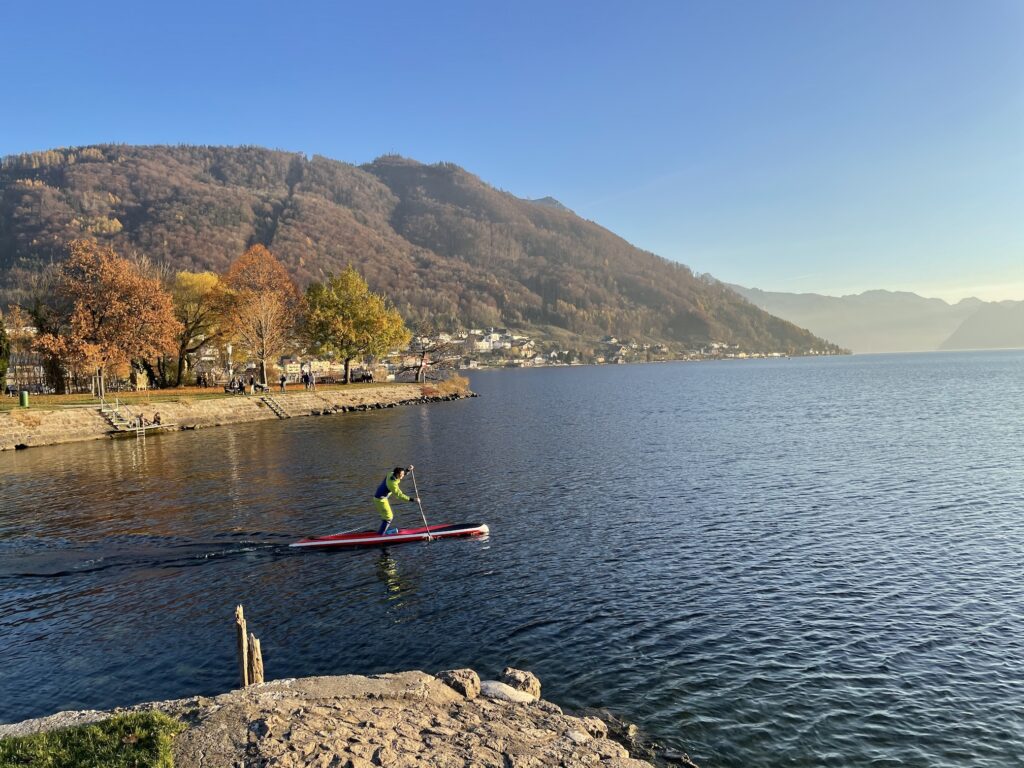
Gerd Weisner told me I should do a short ride with his own Signature 2.0 in 24,75″ width. First I told him that I didn’t think this would be a good idea, because I heard that this beast is really difficult to paddle and I didn’t mean to embarrass myself. He told me that it initially might roll more than other boards, but it has some great secondary stability. So I decideded to go for a short test and when I started to trust the Signature, it got firm when leaning to much towards one paddling side.
First impressions
I don’t want to say that it was easy, but with a little practice it was definitely manageable.
The low inertia, effortless glide and good secondary stability, paired with a standing area at water level made up for a totally new expierience.
A hollow racing board with a far better carbon/price ratio than any other brand in the world, a great shape that can be fast in many conditions, a customizable design and a passionate founder with a lot of hydrodynamic knowledge were the biggest pluses for me.
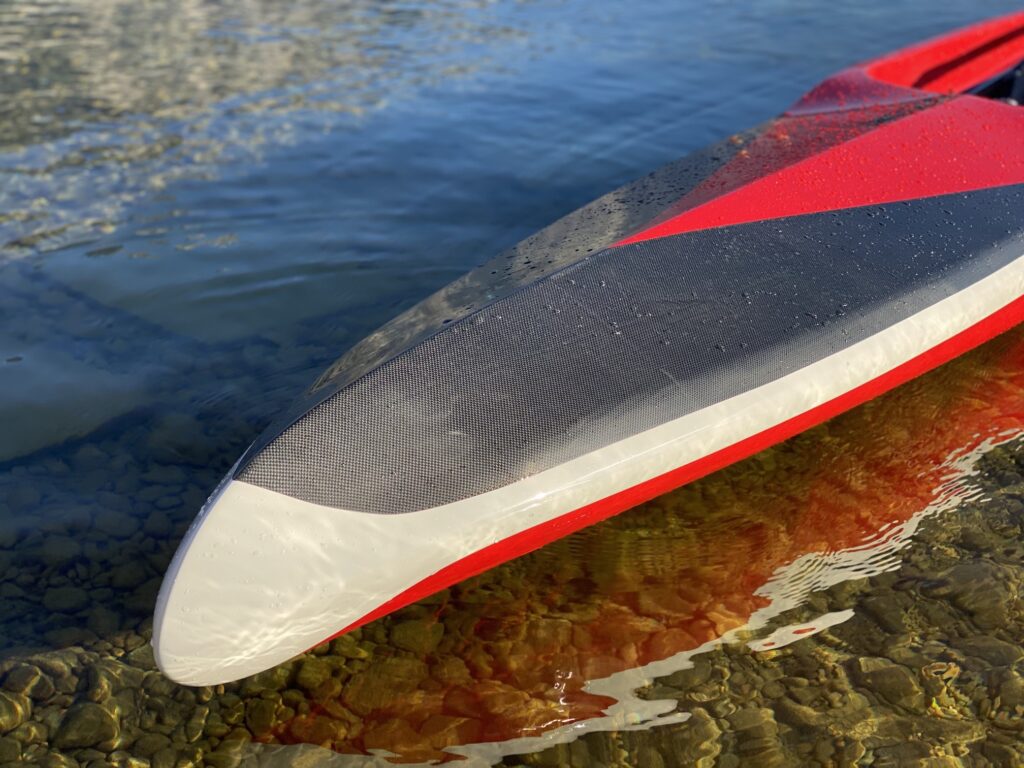
Evolutionary stages
The LightCorp Signature 2.0 in its current stage of development was able to dispel all the concerns I had in advance. With a recognizable stiff chassis and a reinforced base due to additional stringers in the deck area and many small improvements, I decided on this board.
While Gerds Signature had a stiff chassis with a flexing standing cockpit area, my board is as stiff as one could wish! I can happily tell you that this will be standard for all new Signature 2.0 Models.
The minor downside for weight weenies… my Signature weighs a still fantastic 10,19kg without fin. With the RS Pro Railsaver (not necessarly needed) and a standard fin you still have a weight of 10,5-10,7kg and that’s easily 1-3kg lighter than most competitors.
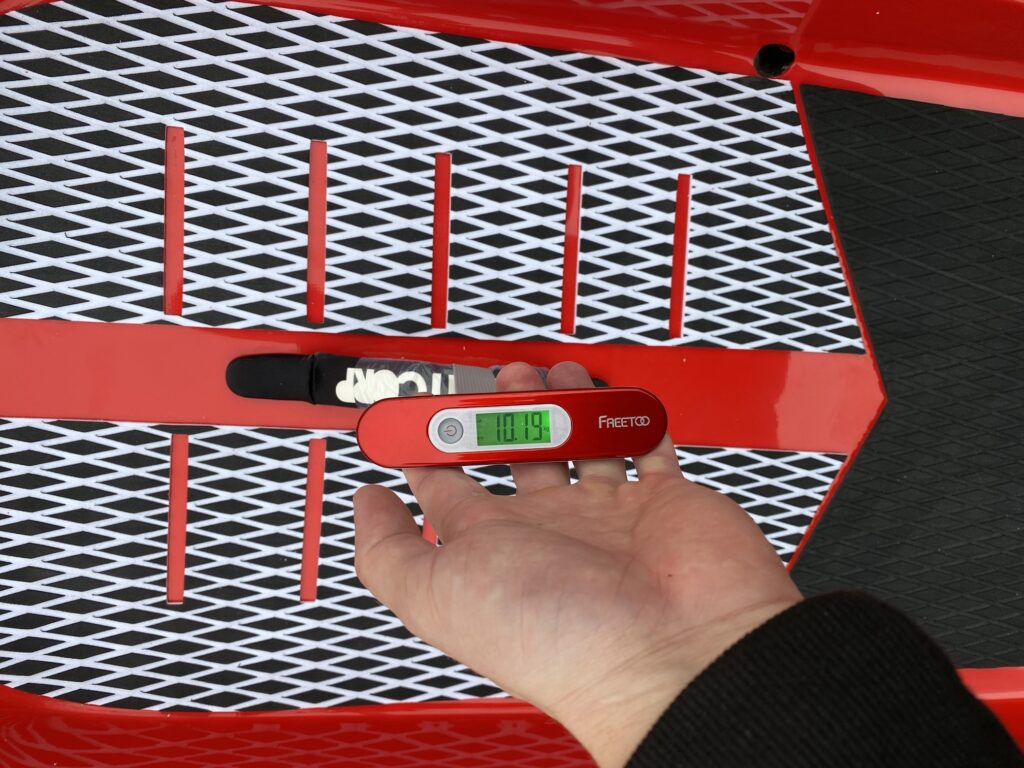
Differences Hollow vs foam core Boards
Compressive strength is way better with this construction than most eps sandwich constructions as there’s used much less carbon/fiberglass in conventional products.
One thing comes to mind, what if you somehow manage to get a hole in your board? This is a double edged sword as it could fill your board until it sinks. However, when you repair this hole, you won’t suffer from a water-soaked eps core making your board heavier than it once was.
You can instantly feel the low inertia, two or three strong strokes and you’ll glide with traveling speed.
The finish of this board is quite perfect and it leaves a feeling that this thing could last forever when taking care of it.
A Gelcoat finish could probably chip, but you have way less issues with paddlemarks and once you polish your board, it’ll look like brand new.
These boards are actually unique pieces that are built by NELO in Portugal.
Wile waiting for your personal masterpiece I was curios about the design in real life. As every painter seems to add his personal note, the end result was a little different from what I’ve expected – Don’t get me wrong, it’s a matter of personal taste, but I’m truly in love with this design!
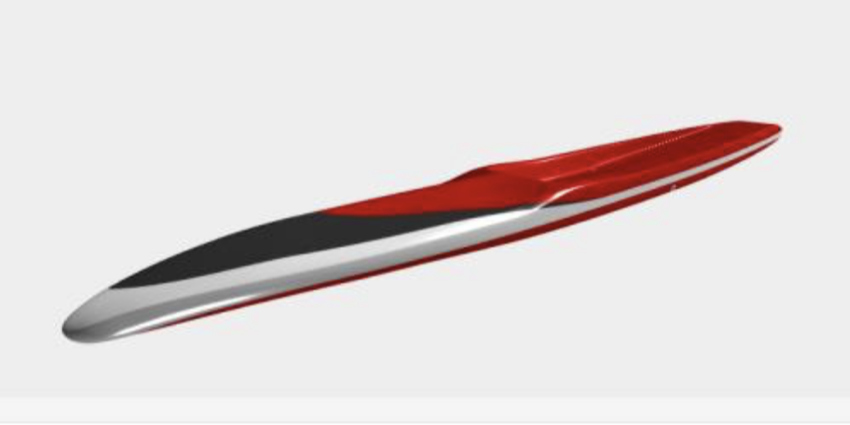

If you don’t like my colors don’t worry… there are 7 templates and 25 colors to choose from.
This leads to a crazy 10.000+ different design options!
How does it feel?
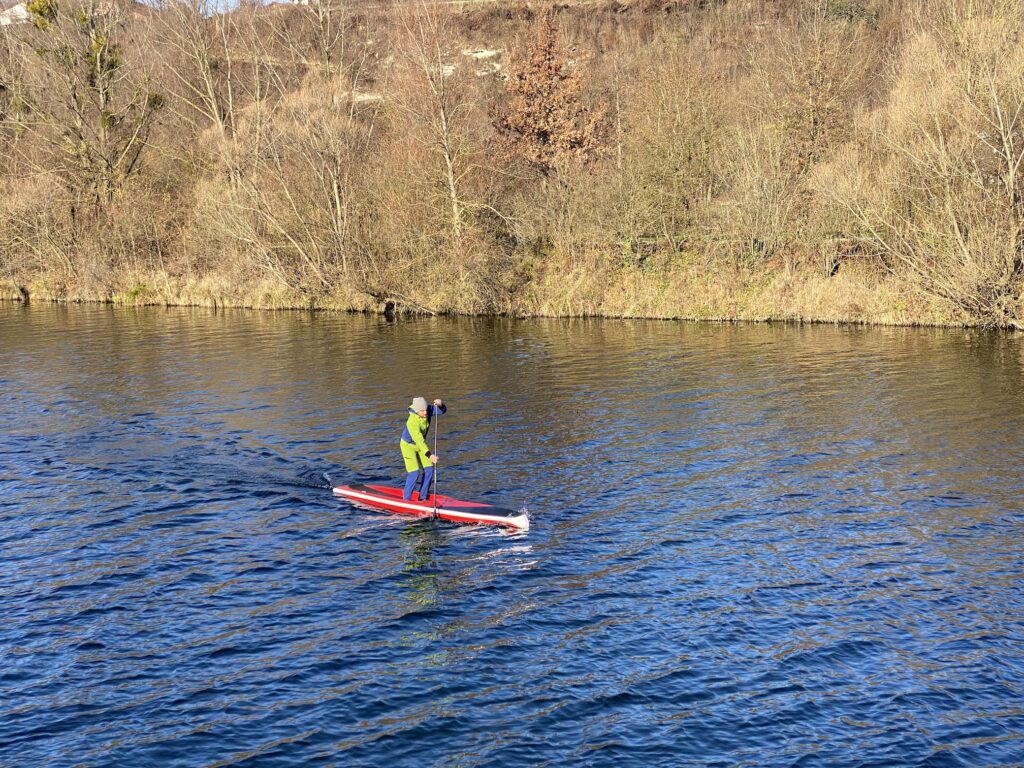
As I’ve stated before it’s definitely a challenging board for its width but with the right fin a some practice you start getting more and more comfortable.
Due to the low weight it’s easy to get the Signature of the line but it took some time feeling confident enough to put power on the paddle without wiggling to much. Compared with the Sprint I’d say it’s comparable with the 21,5″ Sprint in terms of initial stability.
The reason for the reduced initial stability comes from a convex bottom shape coupled with a relatively narrow tail and a even more rounded front. There’s also a big advantage of this design as you’re not creating drag when leaning the board slightly. Boards with wide tails, like the Fanatic Strike do suffer from drag when you’re not able to keep the board leveled.
Let’s talk about board width …
Narrower boards are faster than wide ones, lighter is faster, there are many claims that are not always true.
Boards are designed with a waterline in mind of the shaper and this topic is much more complicated than judging board volumes or project bottom areas. You want to keep the wetted area as small as possible while keeping the desired waterline to get a board moving fast. So volume distribution, displacement and rocker lines have to fit to the paddlers weight. Gerd is a full sized powerhouse with about my bodyweight. The LightCorp Signature 2.0 14×24,75 is still his go to board for most races, as it perfectly suits skilled paddlers with a little more weight.
I’m going to do some speed comparison tests with the Starboard Sprint, the Fanatic Strike, and also my Allstar. By now, I can tell you that while I’m working on my basic endurance, I’m reading some fantastic paces that keep me excited for these tests!
Paddling this board since 5 weeks I did about 120km and every time I do feel more comfortable with it. I’m a big slough when it comes to turns and moving on a board and yes… I know that I do have to practice it in the future. But it’s winter and with temperatures around freezing, the best drysuit can’t get me going for a bit of swimming. All this in mind I see myself doing some turns and getting my muscles firing faster to get more control in several conditions.
Two weeks ago I had to deal with 2-3Bft and I had to smile a lot as it was a great pleasure with the Signature 2.0.
Things I hate
I am a really hard person to be satisfied because I often can’t get small abnormalities out of my head. Let’s say you’re out on the water for a relaxing paddleboarding session and hit a few leaves in the water … with the Strike or the Sprint I have to lift the nose a bit to get rid of leaves sticking to the sharp slicing nose. Not with this one! When I’m moving on deck I don’t want to feel a board flexing, even when I’m hitting some bigger waves. When I play around and tilt a board left to right, I don’t want the deck to flood because my feet get colder in winter and it just bothers me.
Yes I’m picky.
None of those mentioned things that could disturb me stays true for the LightCorp Signature 2.0.
They even invented a greatly working drainage valve that prevents water from entering the deck area although providing a very low stance at water level. And if you want 4 instead of my two drainage holes, because you’re loving it to get that big nose buried (that’s a challenge I haven’t been able to accomplish by now) they can build that board as you want it.
For LightCorp I see one big disadvantage for providing hollow boards… it’s not as easy to change shapes and details from year to year as most of their contenders are doing.
But I don’t think that’s necessary, once you’ve found a good shape.
At this point I can’t tell you if this is the fastest board I’ve tested by now and at the same time I see myself starting next year with either the Sprint, Allstar, Strike and the Signature… but only if I have a feeling my baby won’t get hurt 😉
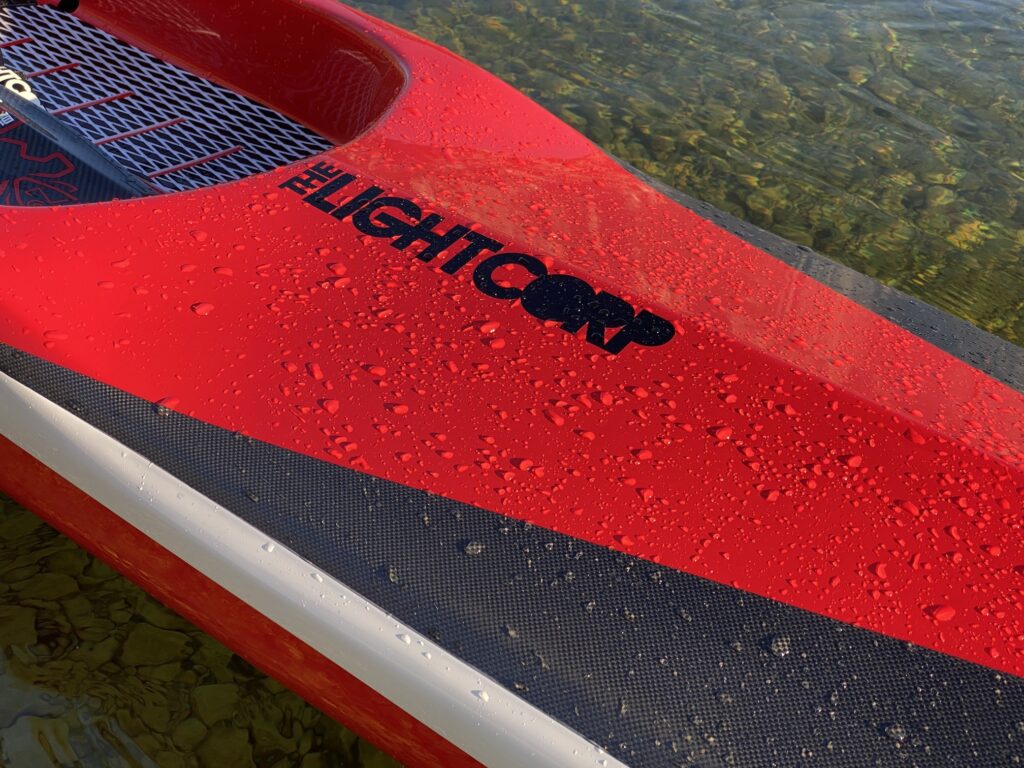
Could it be love?
Many years ago I’ve watched a report on tv on the topic Objectophilia where a chubby guy was totally in love with its steam locomotive – what a crazy observation…
Why does this come to my mind now?
Jokes aside…
While I’m not prone to falling in love with my gear, once I begin to connect with this board, I will completely understand.
Having the ability to choose your preferred design and getting a customized board is a feeling of luxury only few brands can offer.
I’ll update this post as I’ve done some more testing and please let me know if you do have any questions.
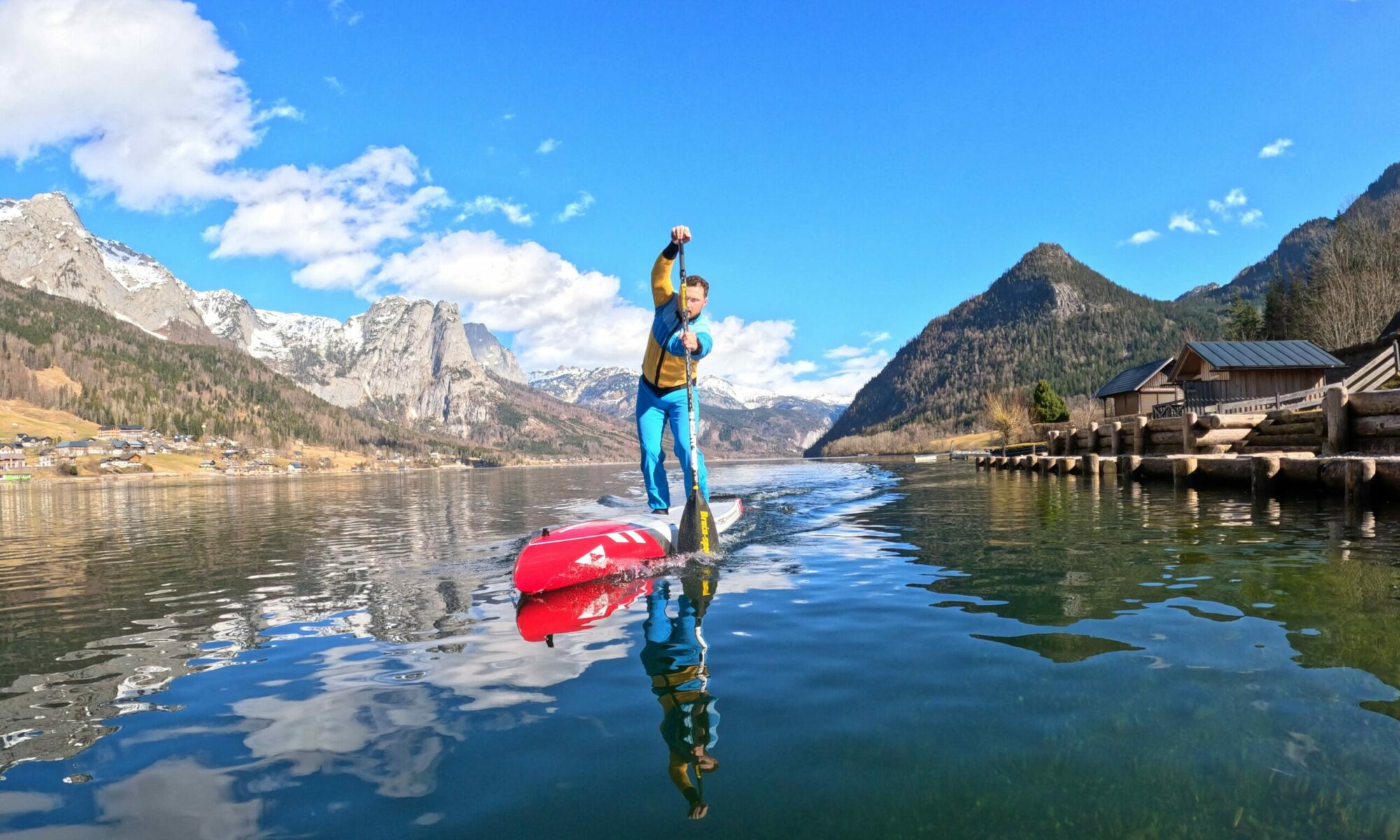
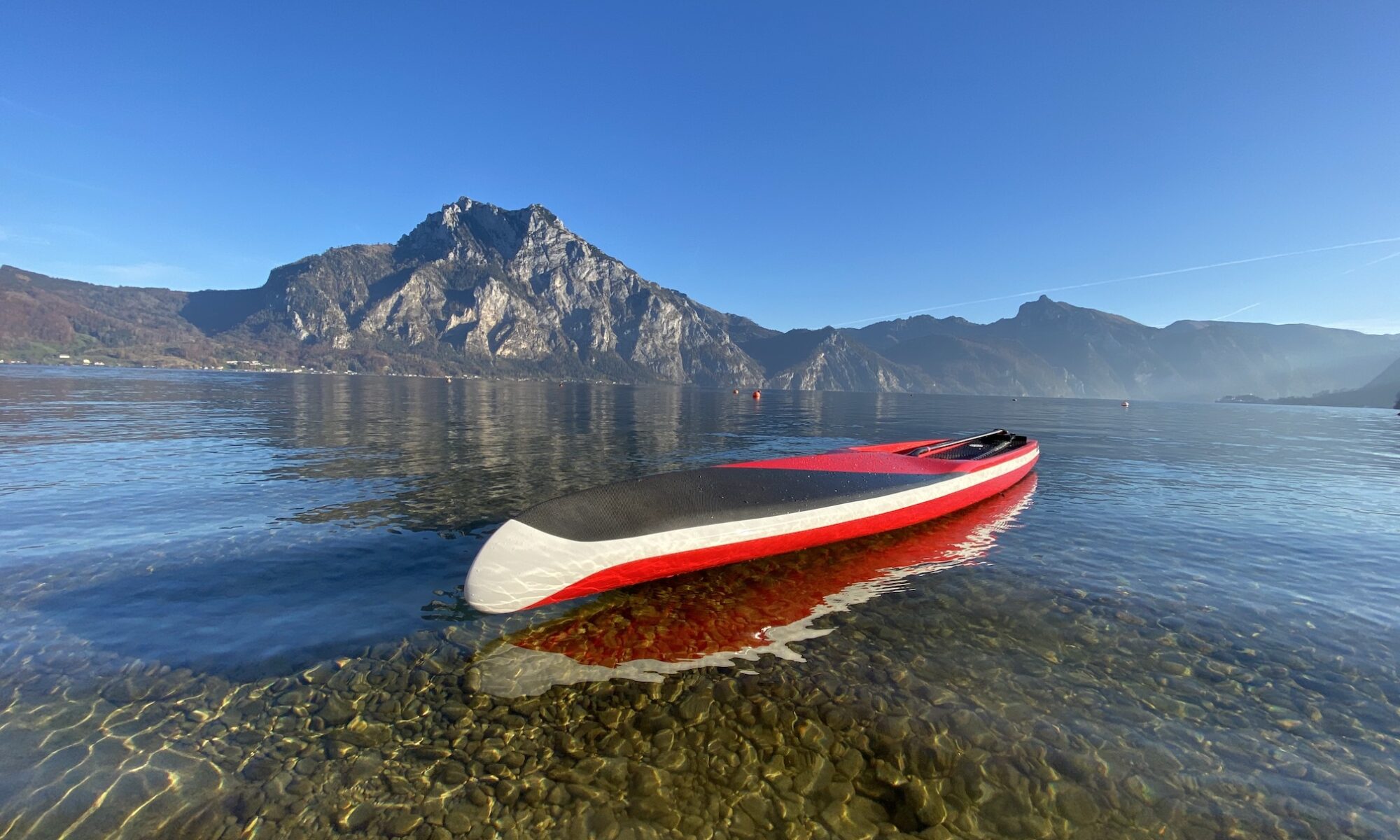
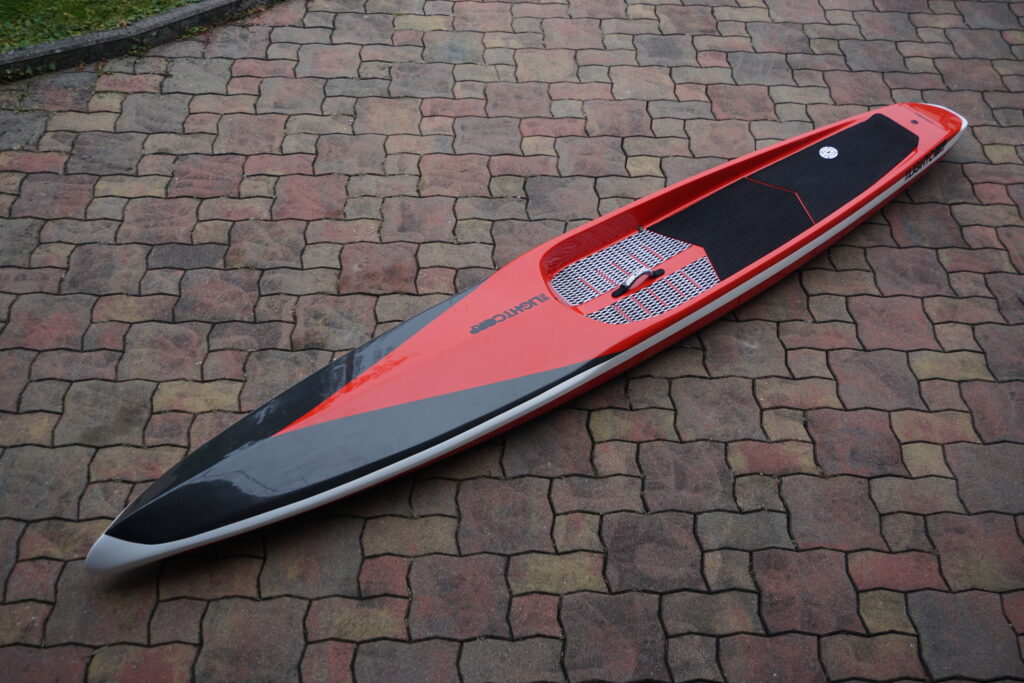
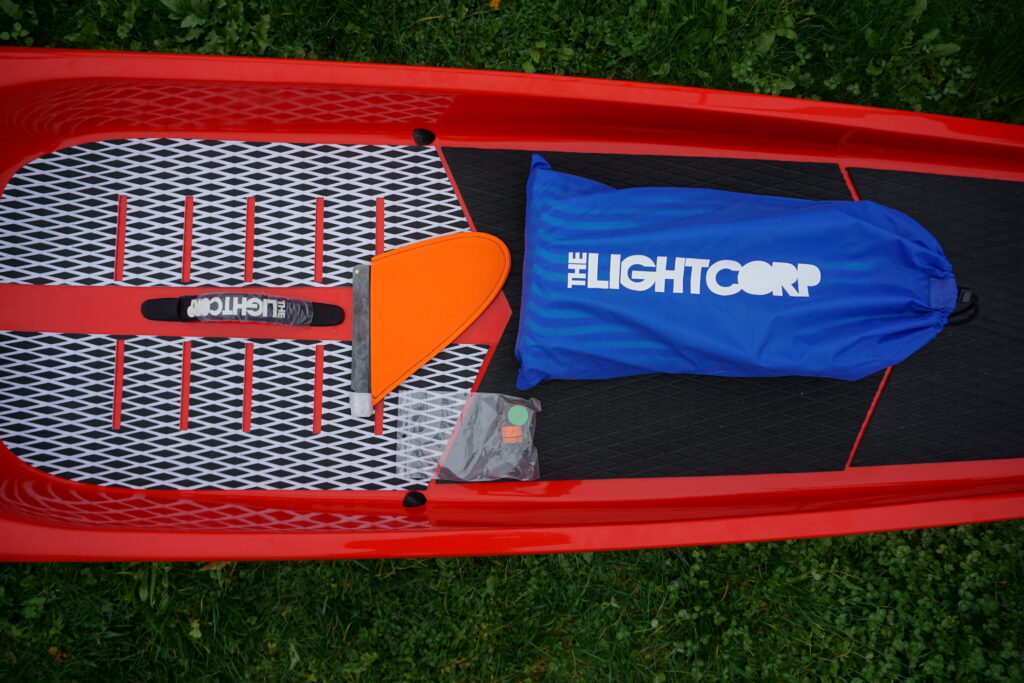
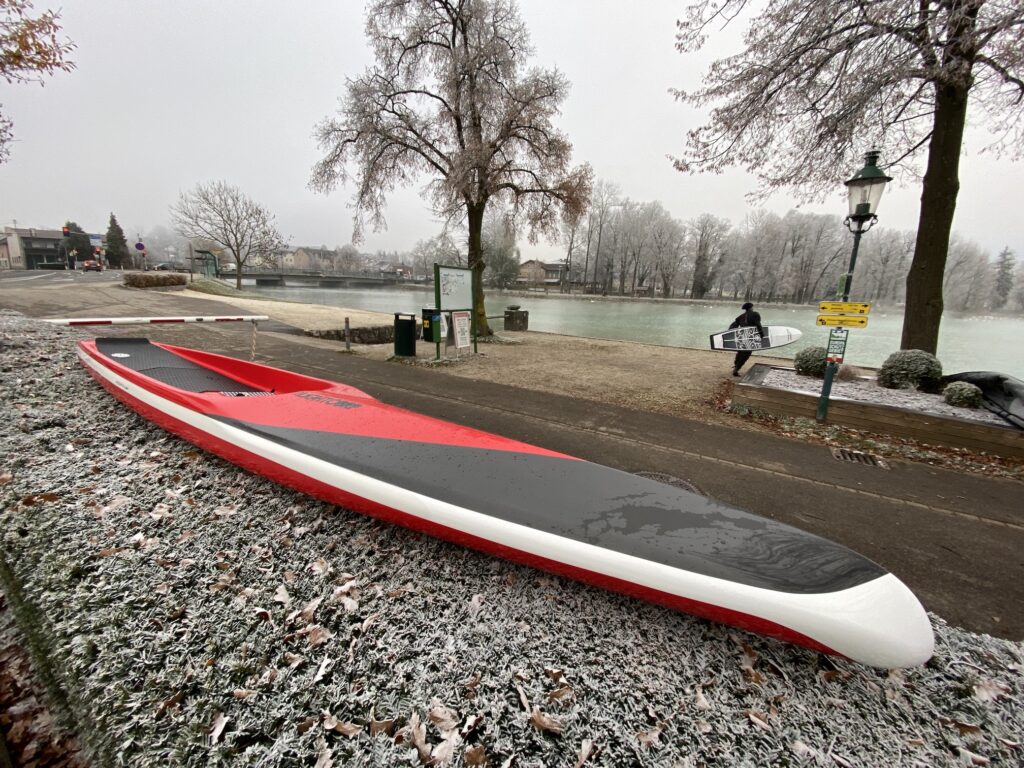
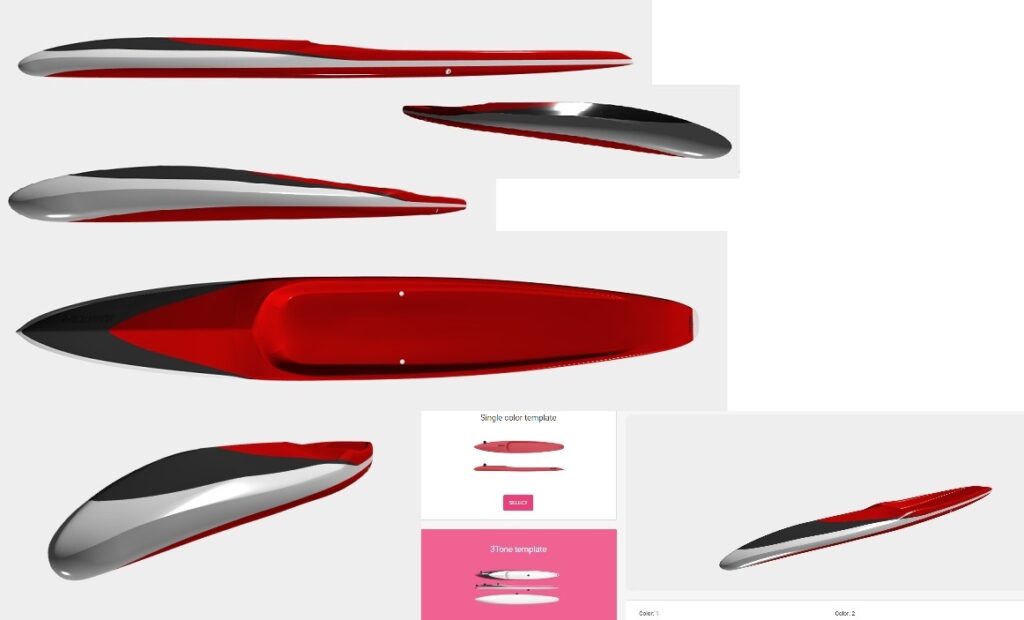

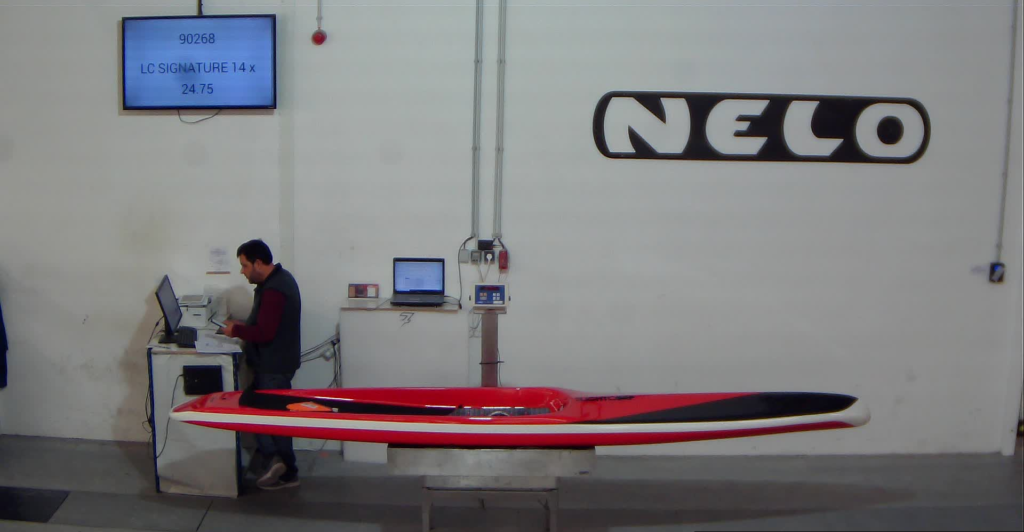
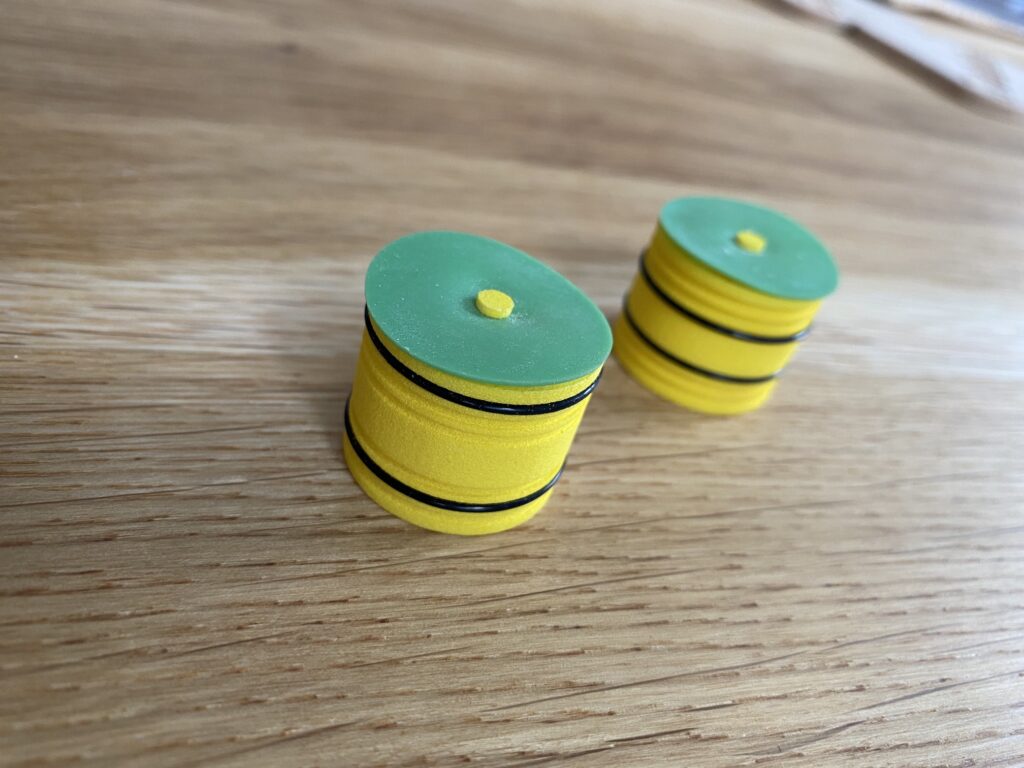
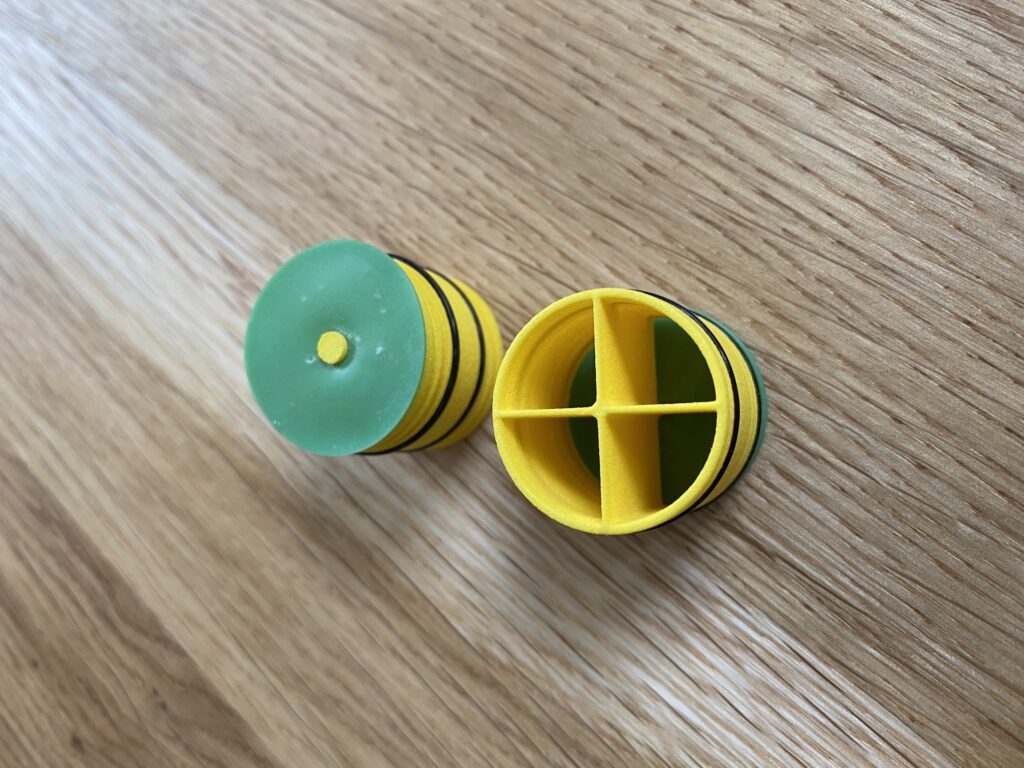
I am impressed from the proffessionality of Text, Pics and detailed technical knowledge .
Great reviews!! I’m really excited to see your comparison between all your boards. Especially the Signature 2.0 and Sprint as those are the two boards I’m most likely to choose from for my 2021 race season.
Looking forward to reading them,
Max from Canada 🤙
Thanks Max!
By now I can tell you that I’m equally as fast with the Sprint and the Signature, but the Signature picks up speed much quicker. With the Signature you’ll need definitely more time to feel comfortable in different conditions but the sensation of glide is superior to every other board I’ve paddled until now. Tracking is definitely better with the Sprint. Once used to the Signature, I could understand that it would be difficult to find a worthy successor.
Best regards, David
Thanks for that. Great information, very helpful.
As others have said, really interesting to see you comparisons between the Sprint and the Signature as they are boards I have considered at times. I was never able to get a Signature to the same speeds as my Sprint, but it was a borrowed board so I don’t think I gave it enough time.
I would be really interested to hear more on your impressions of the Mantra. Like you I was hoping it might be something like a hollow Sprint, but it doesn’t sound like it is the case. What drove you towards the Signature over the Mantra.
Thanks again. Great blog.
Hi Derek!
I’ll get the new Mantra 23.2 soon! The first version of th Mantra had a similar high standing area as the Sprint, with a rounder Noseshape. Coupled with the lower weight, this led to noticeably less primary and secondary Stability compared to the Sprint.
Maybe I’ll do some sprint test 200m and 1000m to compare those boards. The Signature is much more playful compared to the Sprint and keeping the line is way easier with the Sprint. So I’d have to change sides more ofte with the Signature. Even when I’m relatively tired, I’m able to paddle the Signature with less effort than the Sprint. On the other hand, my legs are getting an additional workout due to the lively feeling in the first stability. I had a Chance to paddle a Prototype of the revised Mantra with standing area at waterlevel. This Board feels totally different to last years Mantra. Lots of first stability and the same high sidewalls that lead to a great secondary stability. Lower standing positions are the way to go in future designs of Raceboards.
Thanks for your comment and tell me if you want to know something else 😉
gerade erst durchgestartet mit deinem Blog, aber bisher: danke! genau das, was ich brauche 🙂